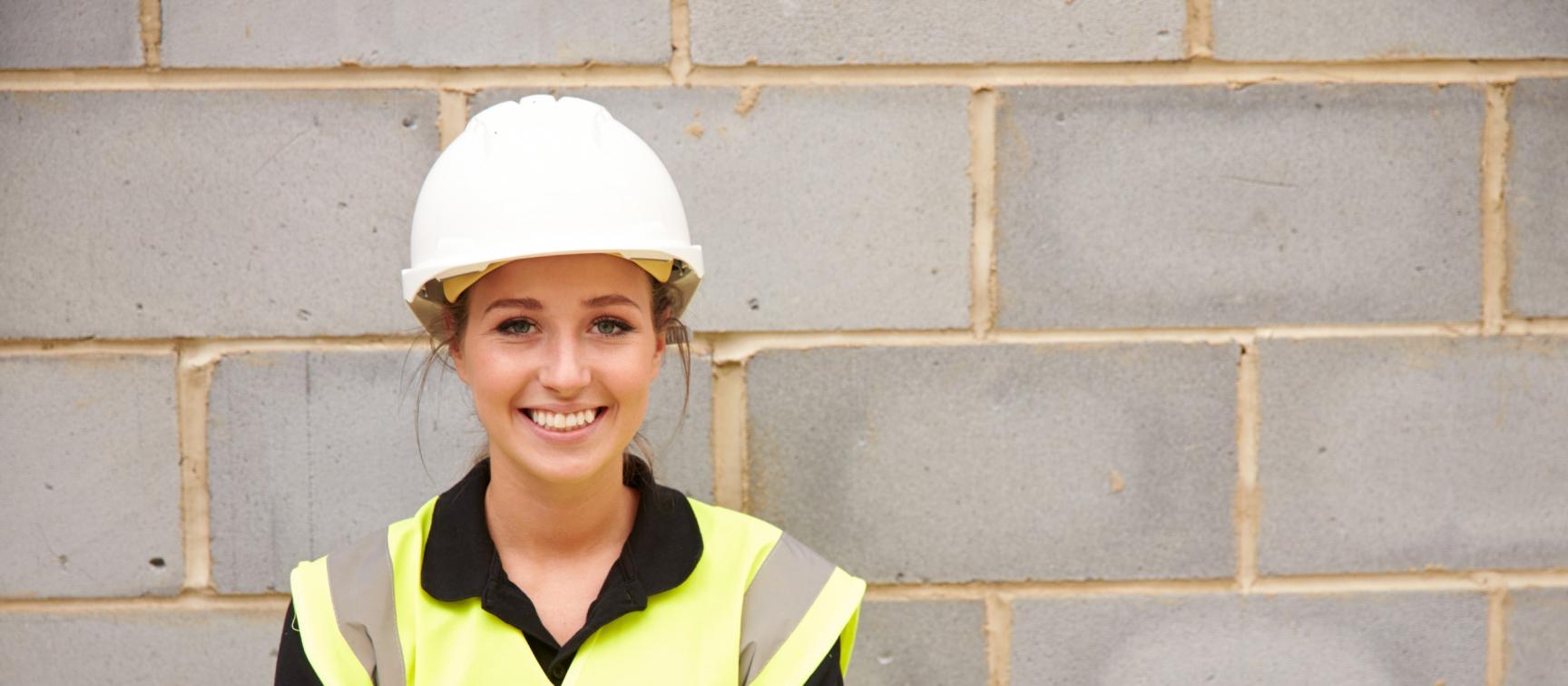
Women in Construction: 2025 Trends, Growth and Remaining Challenges
The UK construction sector has taken meaningful steps toward improving gender diversity, but the progress remains uneven. While more women are entering professional, managerial and technical positions than ever before, on-site representation remains stubbornly low. As of 2025, the industry faces both a moment of momentum and a reality check — showing signs of progress, but also clear areas where change must accelerate.
Where Things Stand in 2025
According to the Office for National Statistics (ONS) and Construction Industry Training Board (CITB), women now make up around 15% of the overall UK construction workforce, equivalent to roughly 340,000 women. This figure includes roles in design, management, administration, surveying, architecture, and engineering. However, on construction sites themselves, women represent only around 1% of the manual workforce, meaning most female workers are still concentrated in office-based or supervisory roles. The share of women in senior management and board-level construction positions sits at just 7%, according to 2025 research by Simian Risk. Encouragingly, the number of female apprentices is rising. CITB data shows that women now account for over 15% of new entrants into construction apprenticeships, compared with under 10% just a decade ago. That represents real movement, albeit from a low base.
Signs of Progress
1. Growing participation
More women are joining the industry through professional routes such as project management, quantity surveying, health and safety, and civil engineering. Companies are making a visible effort to showcase inclusivity, with many now publishing annual gender pay gap reports and inclusion strategies.
2. Greater visibility and advocacy
Initiatives like Women into Construction (WiC), NAWIC UK, and Women in Property are offering mentoring, networking, and placement opportunities for women returning to or entering the sector. The annual Women in Construction Week and industry campaigns such as #NotJustForBoys have also helped challenge outdated stereotypes and inspired young women to consider construction as a career.
3. Policy and cultural shifts
Flexible working, parental leave, and wellbeing have become key talking points within the industry — especially post-pandemic. Many firms now offer hybrid project coordination roles, site-sharing opportunities, and job-share arrangements, all of which help make the industry more accessible for women.
The Barriers That Remain
1. Persistent stereotypes and cultural bias
Despite the progress, construction still battles a dated reputation as “men’s work.” Research from Construction News’ Gender Pay Gap Survey 2024 found that one in three women had experienced gender bias or discrimination in the workplace. Many report a lack of confidence in applying for site roles due to the absence of visible female mentors or inclusive site environments.
2. Lack of representation on site
Although office-based representation is improving, manual roles — trades, plant operation, and labouring — remain almost entirely male. Without women visibly succeeding in these environments, the cycle of underrepresentation continues.
3. The gender pay gap
The UK construction sector continues to record one of the widest gender pay gaps of any major industry. As of 2024, the median gender pay gap stood at 23.7%, according to ONS data, compared with a national average of 14.3%. This reflects both unequal pay for equal roles and the concentration of women in lower-paid disciplines.
4. Site conditions and practical barriers
A lack of suitable on-site facilities (such as separate welfare areas, PPE designed for women, or appropriate changing rooms) still deters female participation. Some firms have made improvements, but inconsistent standards across contractors remain a major issue.
5. Slow progression into leadership
Just 1 in 14 senior roles in UK construction are held by women, and career progression from middle management into executive roles remains particularly slow. Networking barriers, limited mentorship, and the absence of visible role models all contribute to a “leaky pipeline” effect.
What Needs to Be Done
1. Early pipeline development
Schools, colleges, and training providers should embed construction into STEM education early on — showcasing the diverse range of roles beyond site labour. Partnerships between employers and organisations like Women into Construction, WISE, and STEM Learning UK can encourage young women to view the sector as a long-term career path.
2. Inclusive recruitment and retention
Employers should re-evaluate job descriptions, progression routes, and flexibility policies to appeal to a broader audience. Structured mentorship schemes, female leadership programmes, and sponsorship opportunities can help retain women through mid-career stages.
3. Better site infrastructure
Providing gender-appropriate PPE, sanitary facilities, and safe, inclusive site environments is essential. This is one of the simplest yet most overlooked enablers of participation in trade roles.
4. Pay transparency and accountability
Companies must publish and act on pay audits, ensuring that women receive fair compensation and equal promotion opportunities. Targets for female representation in leadership and site roles can also help maintain focus.
5. Championing visibility and leadership
The more visible women become in project management, civil engineering, and trade supervision, the more others will follow. Encouraging female speakers at conferences, promoting success stories internally, and celebrating achievements publicly can all help drive cultural change.
Conclusion
While the number of women in UK construction has never been higher, the figures reveal an industry still far from balanced. The growth in apprenticeships, management roles, and female-led firms is encouraging, but the journey toward equity — especially in site-based roles — remains long. True progress will rely on sustained collaboration between employers, educators, policymakers, and the women already driving change from within.
At Approach Personnel, we’re proud to support equality and diversity across the construction sector — helping skilled professionals, regardless of gender, find rewarding careers in management, trades, and technical roles. By continuing to promote inclusive hiring practices and visible female leadership, we can help shape a stronger, more representative industry for the future.


